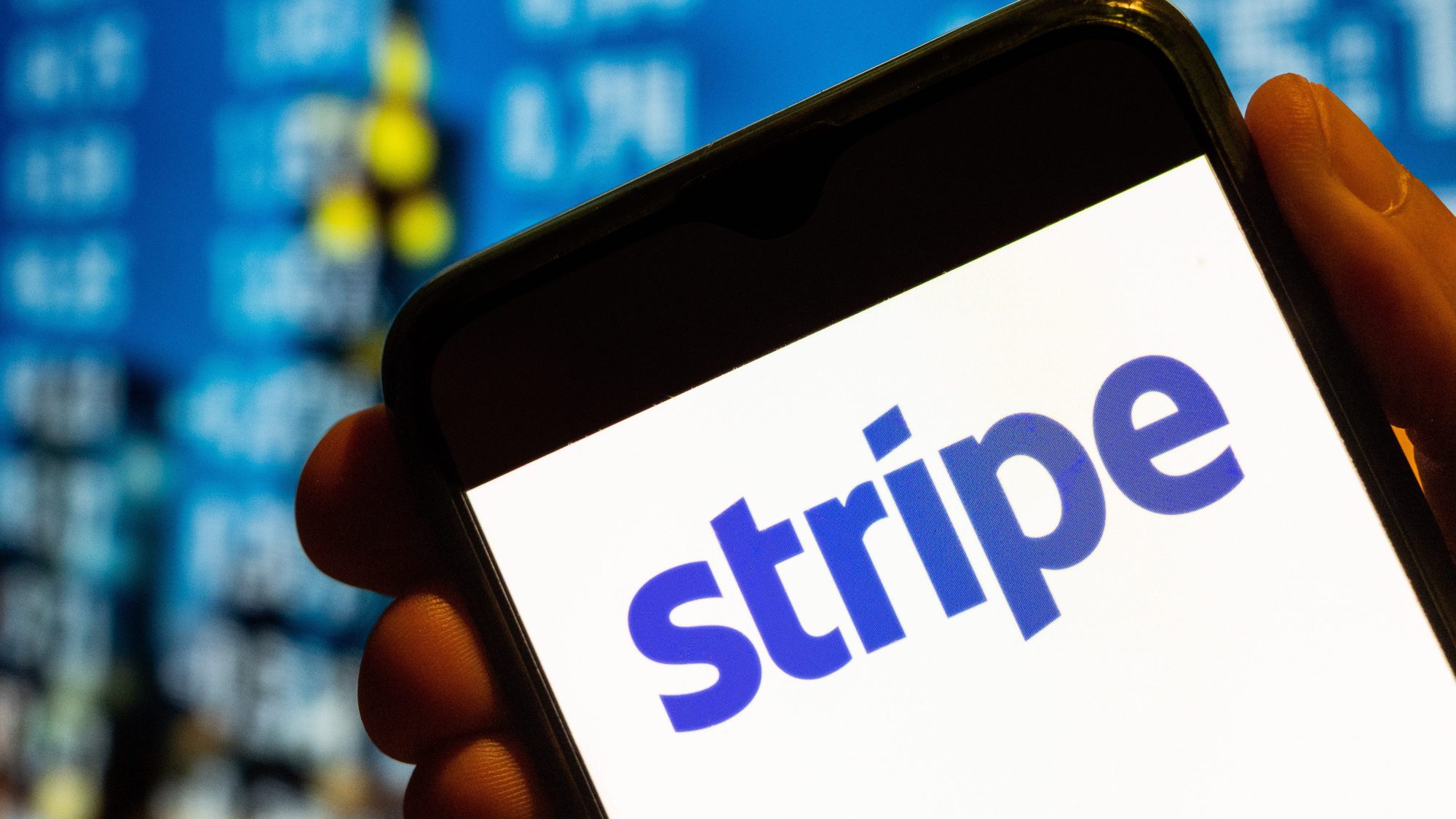Stripe’s $6.5 Billion Fundraising Round: A Sign of Industry Bellwether or Tech Bubble Trouble?
This significant drop in valuation may come as a surprise to many, as Stripe was Silicon Valley's most-feted startup in the not-too-distant past. It had managed to ride the bubbly private markets to investment from top venture funds, making it a darling of the tech industry. However, the decline in its valuation is not necessarily a sign of failure but rather a reflection of the reality of the tech market.

Stripe’s $6.5 Billion Fundraising Round: A Sign of Industry Bellwether or Tech Bubble Trouble?
Highlights:
- Payment processor Stripe raised $6.5 billion, mostly to give current and past employees access to cash.
- The company’s worth has decreased by almost half since its peak of $95 billion two years ago, according to the funding round, to $50 billion.
- The company will use the revenues from the non-dilutive financing to purchase shares from current and past employees.
Stripe, the payments processing company co-founded by Irish brothers John and Patrick Collison, has recently raised more than $6.5bn in one of the largest private stock sales in US history.
The funds were provided by existing investors in the company, such as Peter Thiel’s Founders Fund, Josh Kushner’s Thrive Capital, and Andreessen Horowitz, as well as new backers, including two Singaporean investors, state fund Temasek and sovereign wealth fund GIC. While the amount raised is impressive, what’s notable is that it’s nearly half of the valuation Stripe carried just two years ago.

This significant drop in valuation may come as a surprise to many, as Stripe was Silicon Valley’s most-feted startup in the not-too-distant past. It had managed to ride the bubbly private markets to investment from top venture funds, making it a darling of the tech industry. However, the decline in its valuation is not necessarily a sign of failure but rather a reflection of the reality of the tech market.
The expansion of the digital economy and the trajectories of the most innovative and forward-thinking businesses are two secular trends in that Stripe’s approach is organically aligned, according to Kushner, founder and CEO of Thrive Capital.
But many of Stripe’s most well-known clients, including the maker of electric vehicles Rivian, the online retailer Affirm, and the software developer GitLab, have been hit hard by the current tech slump.
Even though publicly traded tech stocks have taken a beating over the past year, private enterprises have maintained relatively high valuations. But, Stripe’s valuation has nearly been cut in half, bringing it closer into line with its open rivals.
PayPal is selling at less than one-fourth of its 2021 level, while shares of Stripe’s closest public rival, Dutch payments company Adyen, are down 55% from their 2021 peak.
During the past seven weeks, Stripe has searched far and wide for money. It presented the deal to wealthy clients of Goldman Sachs, which served as the transaction’s placement agent, in addition to existing investors.
In a rush to close the purchase, the business reportedly reduced its valuation target. Earlier this year, Stripe had an internal valuation of roughly $60 billion. According to a presentation given to potential investors, it was looking to raise money last month at a hypothetical valuation of $55 billion.
Stripe will cause the vesting of stock units worth billions that would have otherwise begun expiring at the beginning of 2024 in conjunction with the funding. Employees will then be able to sell stock to offset any tax obligations related to the vesting. As part of a different tender offer, employees will also have the option to sell their shares back to the business.
The agreement takes place against the backdrop of a severely depressed funding environment and the last week’s failure of Silicon Valley Bank, a banking partner for countless startups and their venture capital backers. According to Stripe, it was not exposed to SVB.

In its presentation to investors, Stripe claimed that it would profit from the anticipated increase in Silicon Valley-based artificial intelligence startups. It disclosed on Wednesday that it would collaborate with OpenAI, the company behind the ChatGPT chatbot, to incorporate AI into its payment processing.
Yet, other investors decided not to invest even at the $50 billion price. Three investors who received Stripe’s presentation claimed that the use of adjusted metrics and what they perceived as overly optimistic growth estimates discouraged them from investing.
The Rise of Stripe
Stripe was founded in 2010 by the Collison brothers, who wanted to make it easier for businesses to accept online payments. They were frustrated by the lack of user-friendly payment processing options available at the time and saw an opportunity to make a difference in the market. The company quickly gained popularity among small businesses and e-commerce websites, offering a simple and affordable solution for online payments.
Stripe’s popularity continued to grow, and it soon attracted the attention of top investors in Silicon Valley. In 2018, the firm raised $245 million at a valuation of $20 billion, establishing itself among the most valuable privately held technology companies in the world. At the time, Stripe was seen as a bellwether for the tech industry, with investors hoping it would be a harbinger of even greater things to come.
The Decline of Valuation
However, the recent drop in Stripe’s valuation is a reflection of the changing reality of the tech industry. In the last two years, there has been a big shift in the industry, with investors becoming more cautious and demanding greater financial discipline from startups. This has led to a slowdown in funding for many companies, particularly those that were once seen as having high-growth potential.
Stripe’s valuation decline, therefore, is not unique. Many other tech companies have experienced similar drops in valuation as investors have become more cautious and demanding greater financial discipline. However, Stripe’s decline in valuation is particularly notable, given its position as a bellwether for the industry.
The Future of Stripe

Despite the decline in valuation, Stripe remains one of the most promising companies in the tech industry. The business has kept expanding and growing, offering new services such as Stripe Capital, which provides loans to businesses, and Stripe Atlas, which helps startups incorporate in the US. Stripe’s revenue has also continued to grow, with the company reportedly processing hundreds of billions of dollars in payments every year.
Moreover, Stripe’s ability to raise such a significant amount of funds, even at a reduced valuation, is a testament to its strength and potential. Investors in the company firmly think that Stripe’s business model has value and that it has the ability to dominate the payments processing sector.
In conclusion, Stripe’s recent funding round has been a significant event in the tech industry, indicating the challenges faced by startups in today’s market. The company’s decline in valuation is a reflection of the wider caution being shown by investors in the industry, but it is also a testament to the company’s resilience and continued growth. As the payments processing industry continues to evolve, Stripe will undoubtedly play a vital role in shaping its future.
edited and proofread by Nikita Sharma




